Navigation
- Develop Your Foundational Skills
- Choosing Your Passion
- Acquiring Education
- Gearing Up for Action
- Conclusion
- Learning to Drive Faster on Track From a Professional Race Car Driver
Have you ever dreamed of pushing a vehicle to its limits yet felt unsure how to turn that dream into a reality? Motorsports offer a lifetime of challenges for both car and driver, but the journey starts with that first step. This comprehensive guide will walk you through everything needed to embark on your racing career, from selecting a discipline to advancing your skills both behind the wheel and under the hood. By the end, you'll have the knowledge to truly kickstart your pursuit of speed. With that, let's get started!
Develop Your Foundational Skills
Before attending any on-track events, focus on cultivating your fundamental driving abilities. Whether you practice on public roads or a closed driving course, take time to strengthen your:
- Vehicle control: Being able to smoothly brake, accelerate, turn, and change gears is essential. Get comfortable handling a car at its limits.
- Risk management: Driving safely requires being aware of your surroundings at all times. Develop safe habits like scanning ahead, maintaining following distances, and dealing with unexpected hazards.
- Car control in different conditions: Part of being a capable racer is the ability to maintain control in various weather and road situations like rain, sunlight glare, or damaged pavement. Get a feel for how your car reacts under less than ideal conditions.
- Mental preparedness: Racing puts drivers in high-pressure situations that require razor-sharp focus and quick decision making. Train your mind to remain composed when adrenaline is pumping.
Take your driving skills very seriously from the beginning. A customer first approach to safety will serve you well as you progress to higher levels of racing.
To access more content: How to Jumpstart a Car the Right Way?
Choosing Your Passion
There are many exciting avenues one can explore when beginning their journey in car racing. The first step is to determine which type of racing most aligns with your interests and skill set. While all forms involve pushing vehicles to their limits, they differ in aspects such as vehicle modifications, track environment, and competitive format. Experimenting with various introductory opportunities can help uncover your racing niche.
Autocross: A Thrilling Taste of Competition
An autocross event offers an affordable entry into the exciting world of motorsports. With registration fees generally in the $25-$50 range, autocross won't drain your wallet like other forms of racing. You don't need a dedicated track car either - bring your everyday driver and see how it handles on the timed course. Marked by orange cones, the twisting layout challenges drivers to squeeze every last tenth of a second from their vehicles. It's the perfect low-risk way to satisfy that competitive itch without the heavy investment required by other disciplines. Autocross packs the rush of racing into a brief but intense session.
HPDE Track Days: Developing Skills in a Safe Environment
High-Performance Driving Events (HPDE) provide a low-pressure introduction to racing-caliber driving. At an HPDE, you'll receive expert coaching as you hone your skills on some of the country's premier circuits. Classroom seminars give you the fundamentals, then professional instructors ride alongside to offer real-time tips. Safety is the top priority - you can learn car control at the limits without the jeopardy of dicey passing maneuvers. It's like an advanced motorsports university: the curriculum boosts both technique and confidence. HPDEs are where novice racers go to establish solid habits for reaching their full potential.

Time Trials: Chasing Personal Bests
Time Trials pit the driver alone against the stopwatch in a solo quest for the fastest lap. With an emphasis on precision over passing, it rewards perfect execution more than any other form or racing. Drivers compete in everything from track-prepped hot rods to stripped-out prototypes at legenday venues.
While time attack demands a certain level of investment, the payoff of conquering a course record more than makes up for the outlay. It's the purest test of car and driver as one, with continuous improvement the only goal. For those seeking to chart their progress throughmeasurable metrics, chasing lower and lower times is an addictive challenge.
Club Racing: The Thrill of Wheel-to-Wheel Competition
Club racing puts drivers nose-to-tail in sprint-style door-banging action. Regional clubs host grueling races throughout the country, keeping the competition tough and intense. While costs can vary by sanctioning body and class, doing the legwork to find an affordable entry point kickstarts a racing career.
Green flag drops plunge pilots into an adrenaline-soaked fight for position that satisfies the competitive itch like nothing else. Pass, be passed - it's a rollercoaster ride where only the checkered flag provides relief. Club racing puts competitors through the high-octane paces of battling fellow drivers elbow-to-elbow.

Acquiring Education
Developing competitive speed safely requires diligent practice and instruction. Formal schools introduce techniques progressively to minimize assumptions.
Performance Driving Education
Leading high-performance driving schools impart life-changing vehicle mastery. Professionally-guided in-car exercises isolate control of critical components to achieve natural reflexes. Multi-day intensive programs warrant their investment by preparing students for real track conditions.
Classroom Learning
Lectures use simulation demonstrating principles of car control, racing lines, situational awareness and more. By visualizing scenarios, classroom sessions reduce on-track learning curves. Steward development programs unveil rules essential for competition participation.
Coaches Behind the Wheel
Lower-pressure track days deliver professional in-vehicle coaching. Novice Permit requirements pair new drivers with mentors to absorb techniques firsthand until displaying basic competence. Experiences increase learning compared solo driving.
Prioritize experience however possible - it remains the #1 teacher. Schools, coaching, simulation and digital training combine knowledge; nothing replaces real-world practice developing feels.

Gearing Up for Action
Proper safety equipment is mandatory for any competitive laps. Multiple affordable options exist for outfitting your ride.
- Helmet: Brain buckets form a primary investment, proven life-savers in impacts. Used helmets meeting current safety standards can save significantly versus new, if properly reconditioned.
- Driving Suit: Assuring driver comfort and survival, fire-resistant suits/gloves protect critical regions from flames yet breathe. Constructed for freedom of movement, durable multi-layer materials withstand abrasions too.
- Seat & Harness: A restraint system secures occupants during high-g cornering. Various price points keep you comfortable yet restrained through braking zones properly.
- Roll Bar/Cage: Competition-spec roll protection maintains occupant safety enhancing structural rigidity. Various fabricators serve local markets reasonably depending vehicle/class.
- Qualified equipment need not break the bank. With prudent shopping and maintenance, racing necessities enable competition on modest means. Quality protects all - never skimp on person protection!
Conclusion
Getting started in racing can seem daunting but this guide shows there are accessible options from autocross to track days to wheel-to-wheel racing. Developing your skills, choosing a discipline, learning technique, and gearing up safely are the keys to turning your dreams into reality. With practice and a dedication to safety, any aspiring racer can embark on their pursuit of speed in motorsports.

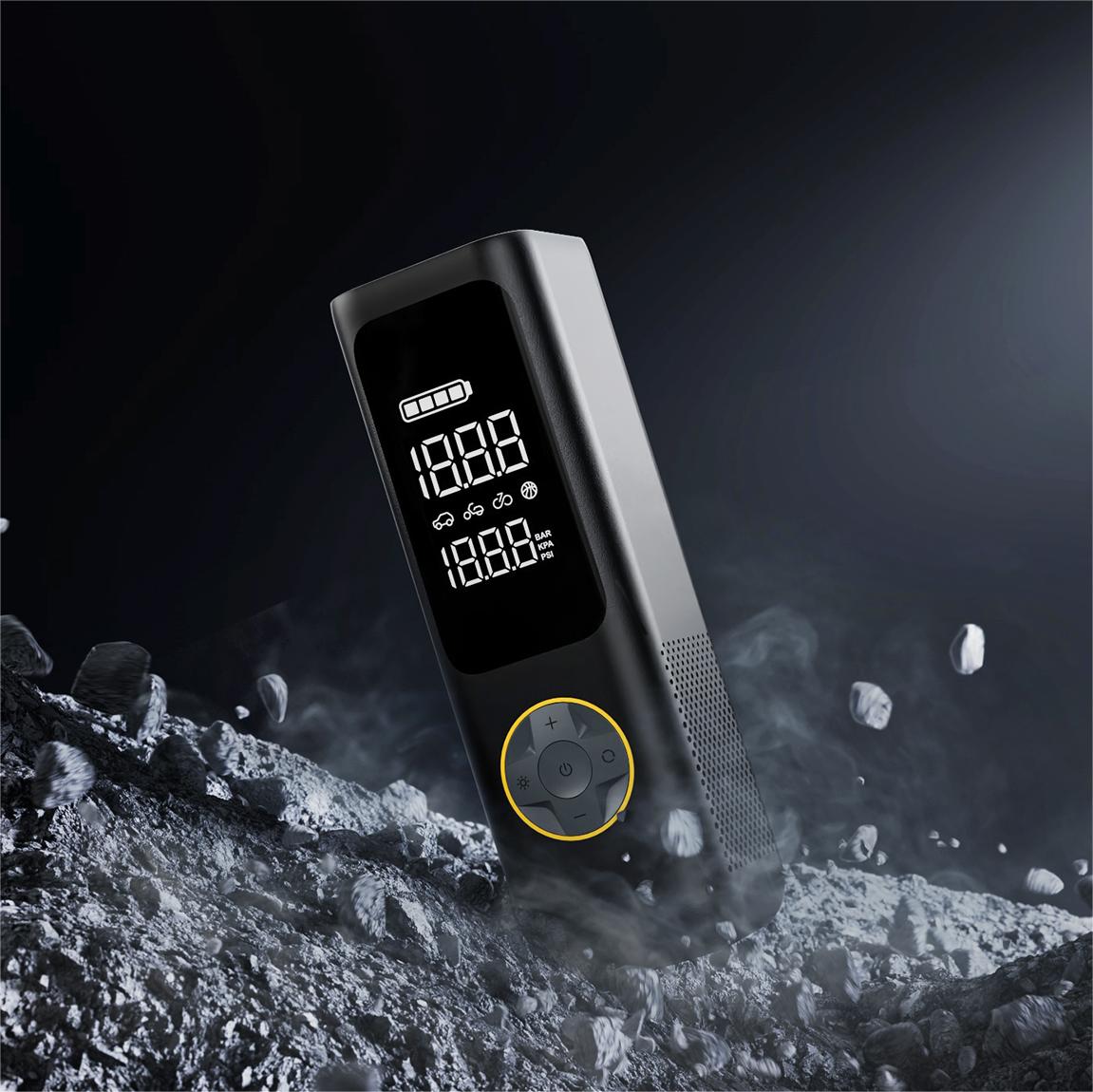

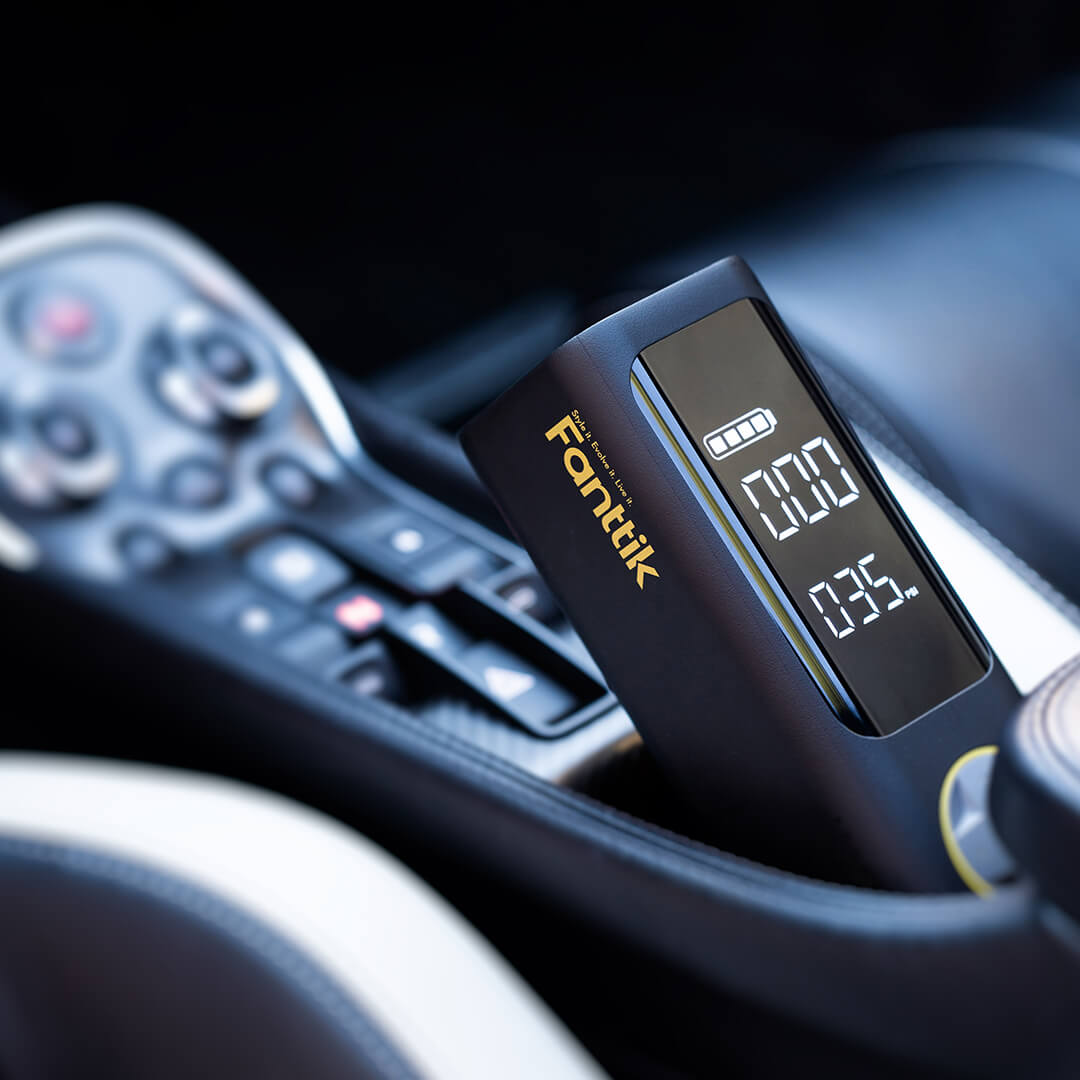
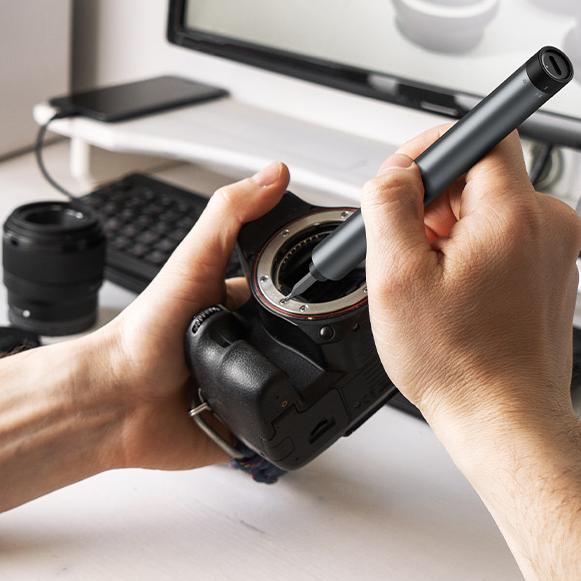



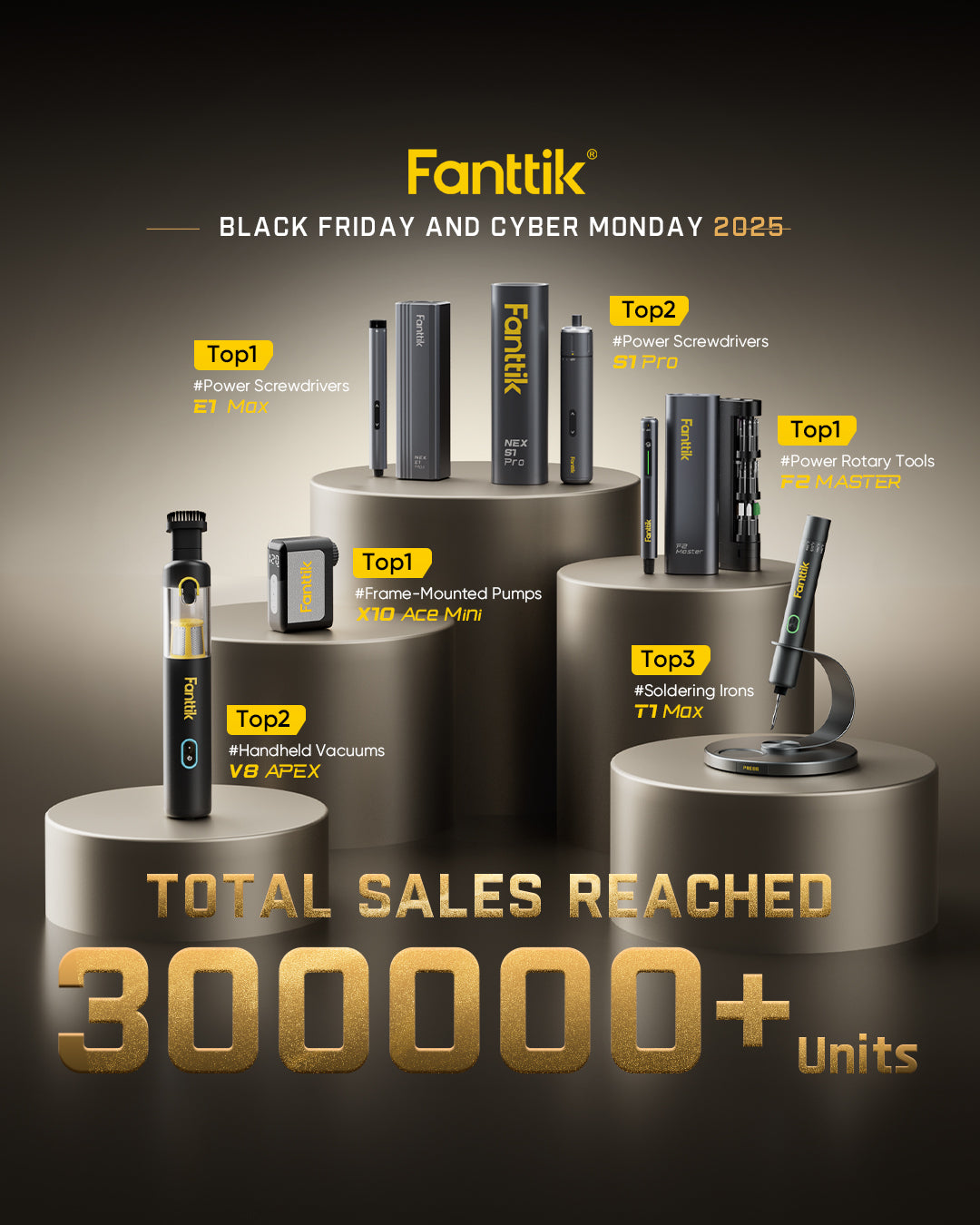

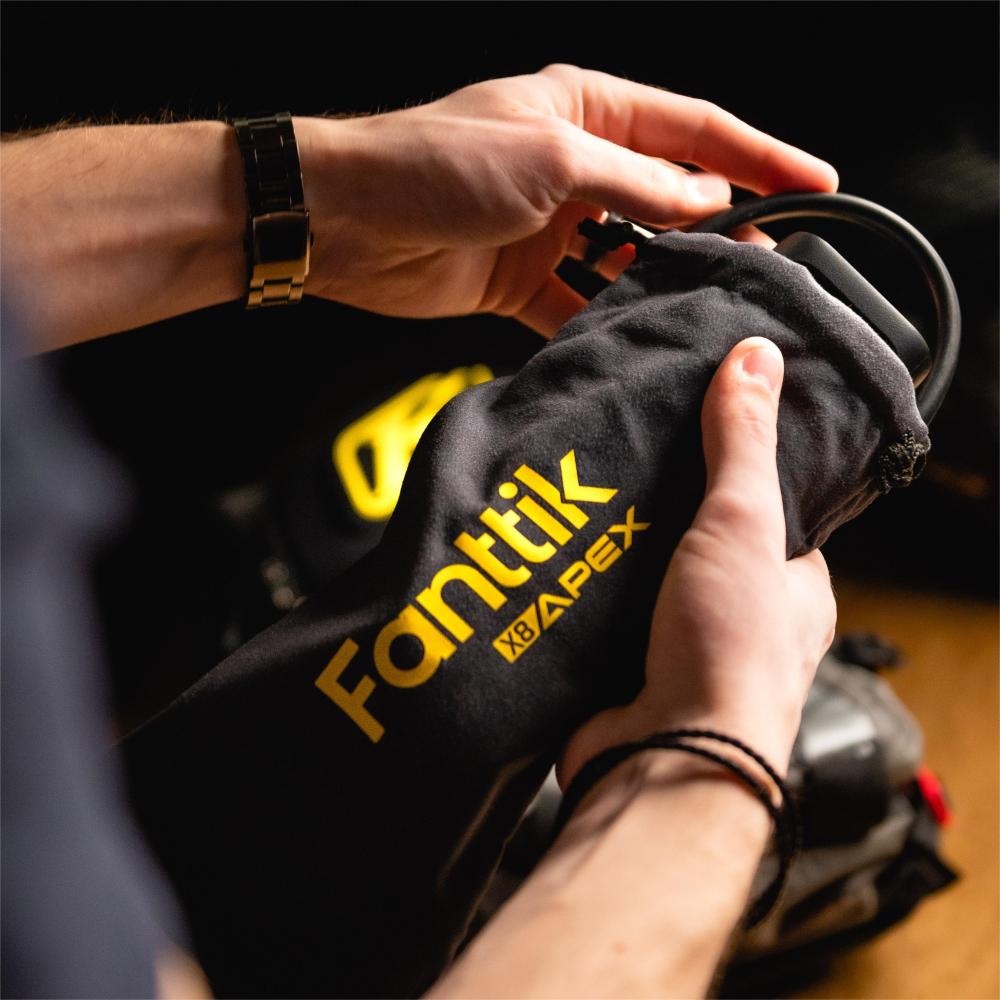

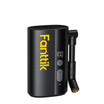
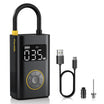
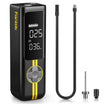
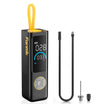
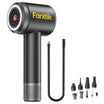

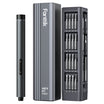
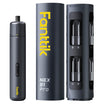
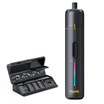
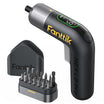
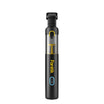
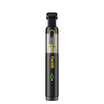
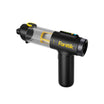
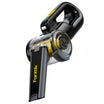
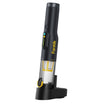
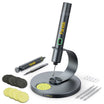
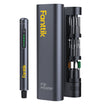
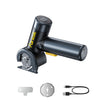
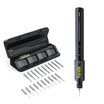
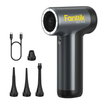



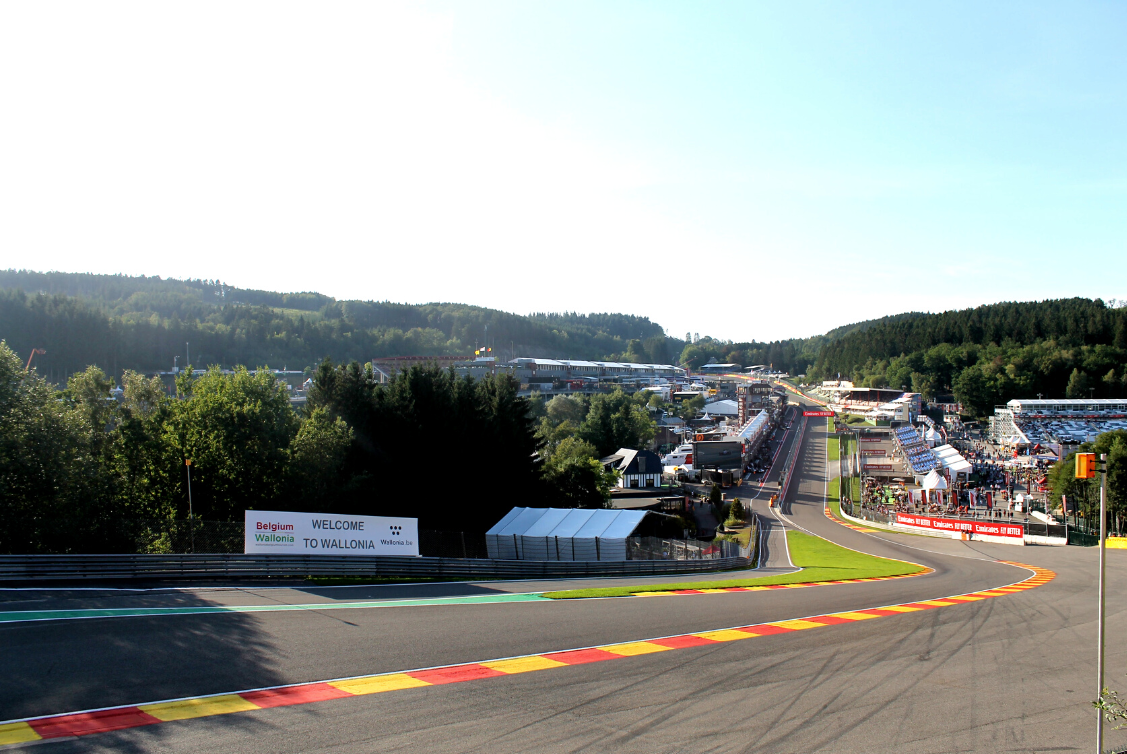
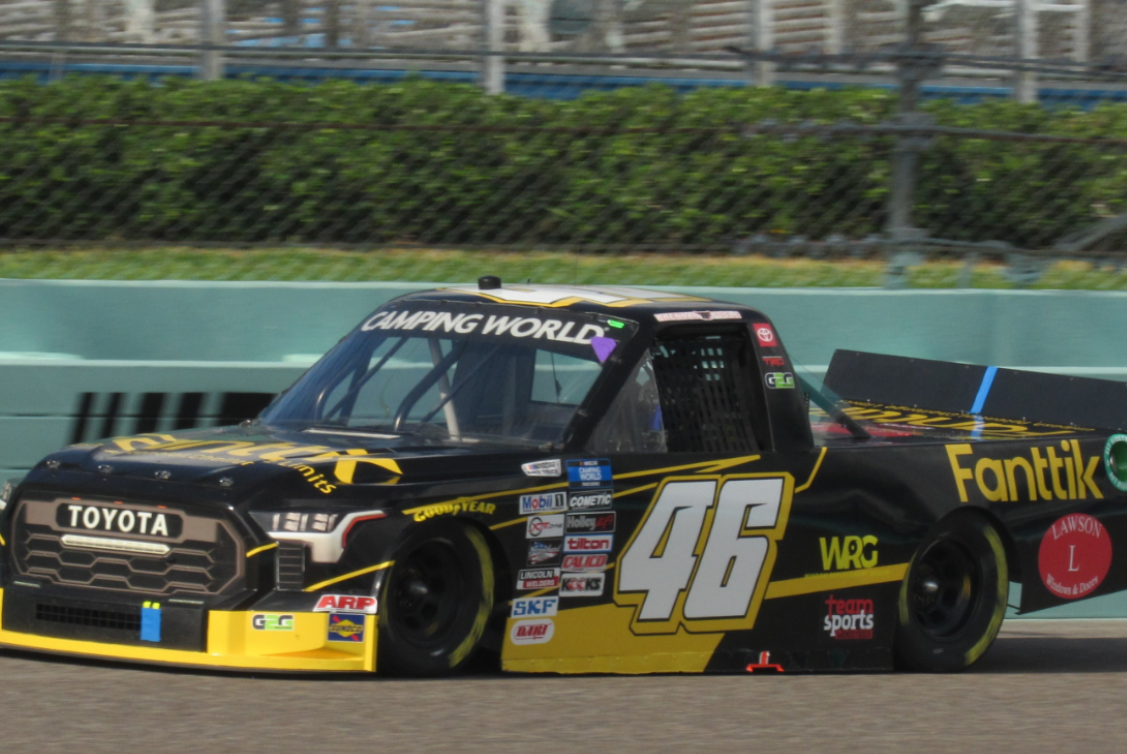
Leave a comment
All comments are moderated before being published.
This site is protected by hCaptcha and the hCaptcha Privacy Policy and Terms of Service apply.